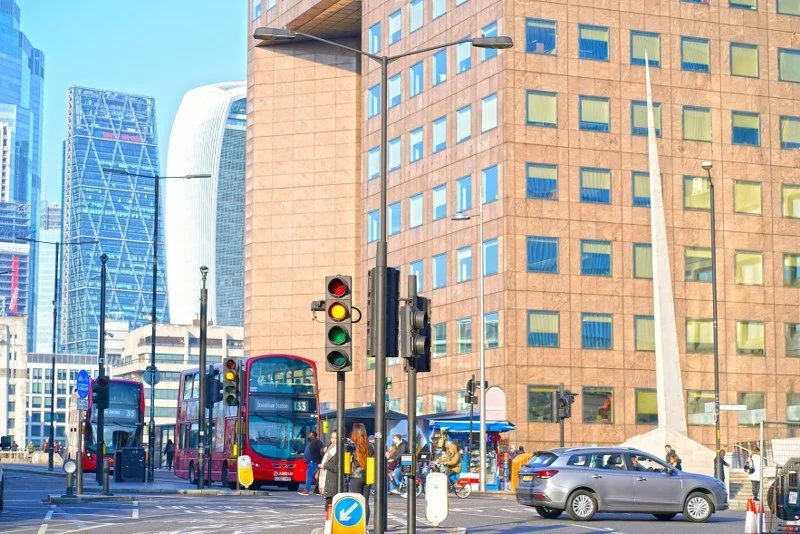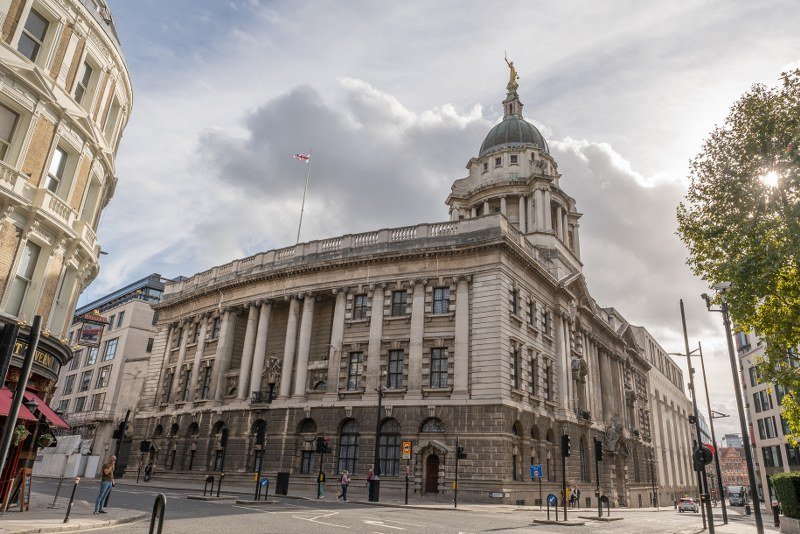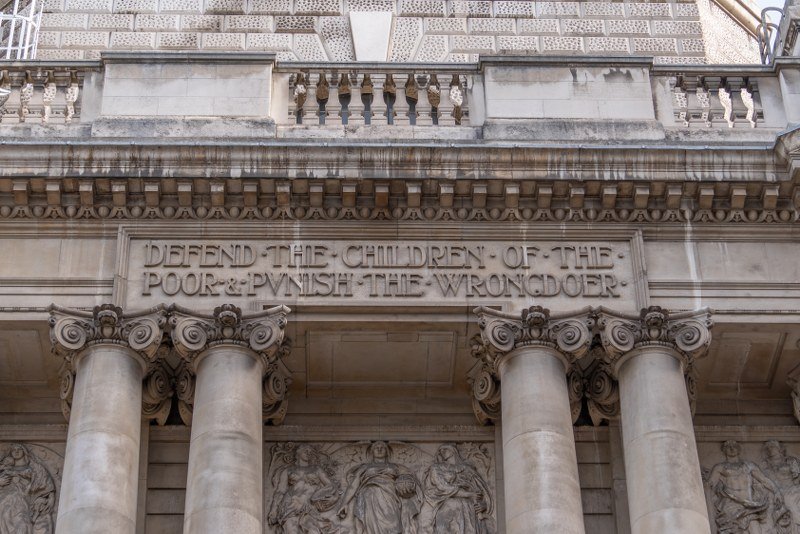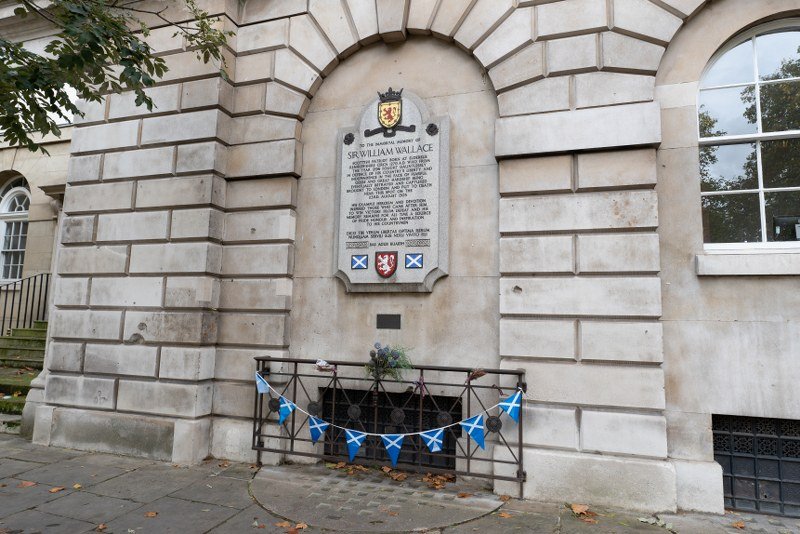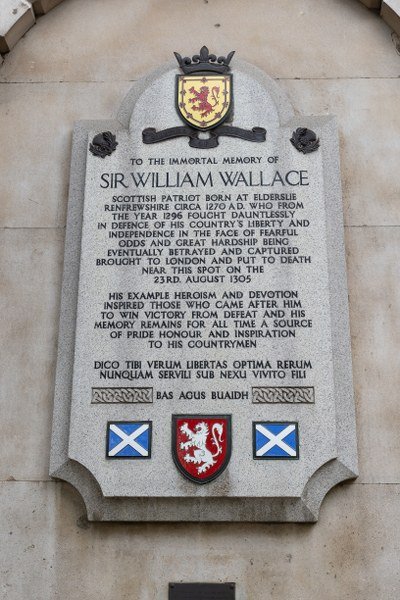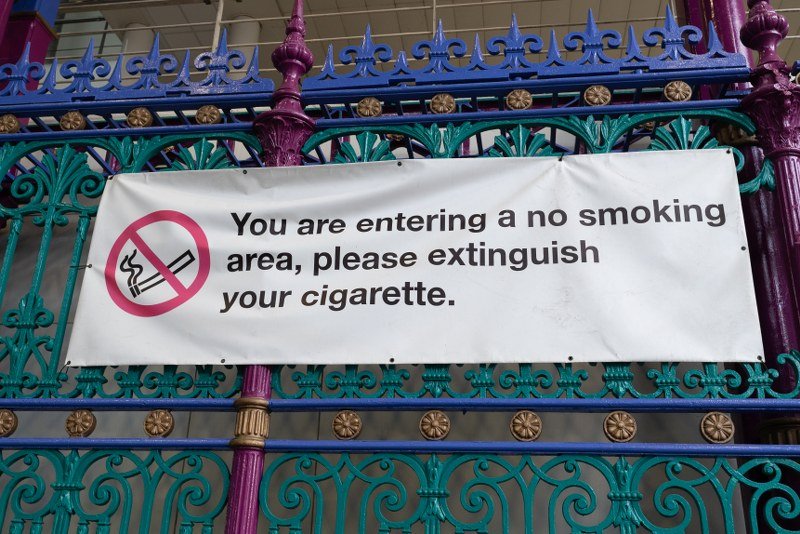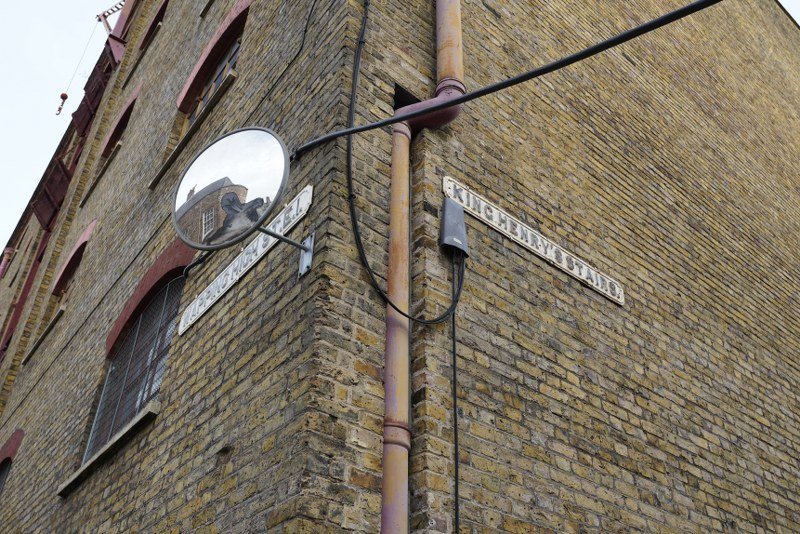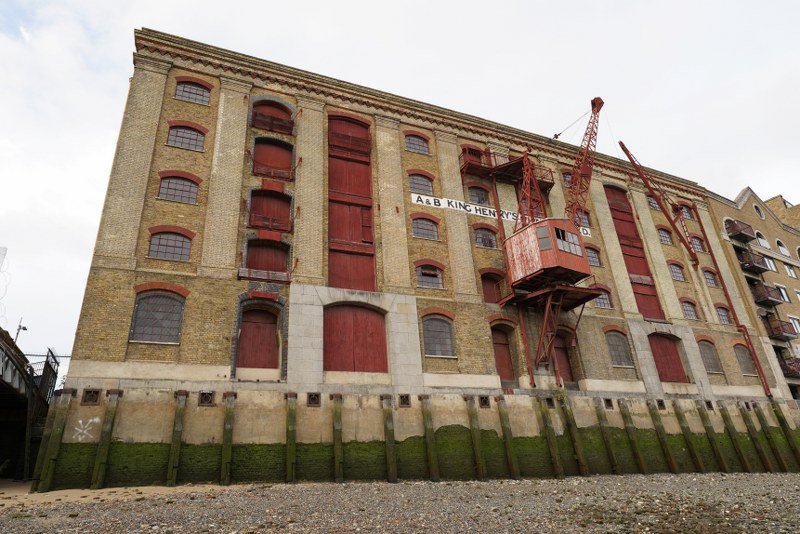13 of the most spine-chilling places in London (or deadly serious Halloween post)
Text & photography by Anna Kmiecik, private tour guide in London.
Warning: After reading this post, London may never feel the same...
London could be easily called a “city of the dead”.
In the 2000-year-old history of London, there was no shortage of wars, plagues, fires, and brutal laws.
In London, you will find skeletons wherever you scratch the surface.
Did you know that…
… “the dead are walking among us”?
It was a common belief that on Halloween (on 31st of October), the streets of the cities and villages are full of the spirits of dead people. They return on this day from the afterlife to seek retribution for cruel, unnatural, or unjust death or if they have not received a proper funeral. To avoid the revenge of the unhappy spirit, people would wear masks and costumes to not be recognized by the evil ghosts.
These are the 13 places in London you may like to avoid visiting during the hours of darkness on Halloween
Tower of London
The Tower of London is a 1000-year-old castle and one of the biggest tourist attractions in London.
It was built to impress and intimidate the population of London. It became a symbol of the ultimate power of the monarch.
Among many other things, the Tower of London was a site of executions of high-status prisoners. Out of hundreds of people kept within these walls over centuries (1100-1952), 22* of them lost their lifes there as a result of execution.
*Including two unlucky wives of Henry VIII (2nd and 5th in order) and spies during WWI and WWII.
Some of the victims were beheaded with a clean stroke of an expert swordsman. The others faced a firing squad.
2. Tower Hill Scaffold Site
Trinity Square Gardens is a small green square on the north side of the Tower of London.
On warm days it serves as a good spot for a lunch break for people working in the area.
Most of them are unaware that this place in the past was used for a very different, grim purpose.
For almost 300 years (XV-XVIII) a public execution scaffold was a permanent feature there.
Crowds (including children!) were gathering at this square to witness cruel (judged by current standards*) live shows of beheading, hanging, or burning on the stake.
*Back then, going to see execution was considered a great “day out” for the whole family.
Did you know that...
The method of execution depended on who committed the crime and the type of crime committed:
beheading was considered the noblest of ways
hanging was reserved for common people (but not women!)
dying by being shot was reserved for the spies
burning at the stake was a punishment for religious heresy and generally speaking for women convicts
hanging and dissection of the body were reserved for traitors and the worst of criminals
Today the spot where the execution scaffold once stood is marked with a few plaques commemorating people who lost life there.
3. London Bridge
The pre-boiled and dipped in tar (for conservation purposes) heads of executed people used to be placed on spikes on the south side of London Bridge, on the so-called Stone Gate.
This vivid picture was the first thing people coming to London could see.
The message was clear: no bad behavior would be tolerated within the walls of the City.
Today, on the southern corner of London Bridge, in the place where the Stone Gate once stood, you can see Southwark Gateway Needle.
There is no official plaque on it, so we can only guess what this monument stands for…
4. Operating theater at London Bridge
In 1752 Parliament passed the Murder Act, which allowed the corpses of the criminals to be taken to the Company of Surgeons in London for study and teaching.
Did you know that…
Dissecting the prisoner's body was considered the cruelest of ways of executions. Why?
The common belief was that, apart from losing their current life, criminals also are losing chances for the afterlife.
The dissections of convicted murderers were carried out by surgeons in operating theaters and were public events. Anyone could take part.
Despite the introduction of this law, there was still a significant shortage of corpses. Not enough criminals were being executed to meet the high demand from quickly developing medical schools.
Resourceful medical students "filled the gaps" with the corpses illegally stolen from cemeteries.
People at night were illegally digging up freshly buried bodies from cemeteries (so-called body-snatching) and they were selling them to anatomists.
Interesting (and very creepy!) read: The Diary of body-snatcher, Joseph Naples
This gruesome process took place for 200 years. The change in the law, allowing all unclaimed bodies of poor people to be dissected, helped to end the body-snatching.
You can find one of the last old remaining operating theaters near London Bridge. Now, it is a museum.
Did you know that…
Today, you can also participate in the live post mortem events in UK where you can dissect real organ specimens. The tickets are pricy but they do offer discounts for Halloween! You can find more details, here.
5. Tower Bridge and the Dead Man’s Hole
Tower Bridge is one of the most famous attractions in London. Most people know it as a beautiful bridge.
Not many people do realize that it used to be also a mortuary.
Tower Bridge stands in the location where dead bodies floating in the river used to wash up.
Since this occurrence was regular, it was only reasonable to dedicate part of the bridge facilities to the storage of the recovered corpses.
If you visit the north side of the Tower Bridge at low tide, you can still see the concrete ramp and the set of steps that served as a "fishing out" point for the dead.
The corpses were placed in the rooms behind the doors at the top of the stairs.
People could come here to claim the bodies of their relatives. But many corpses were never claimed. They were reports of bodies exploding there. The explosions were caused by gasses from decomposition.
This part of Tower Bridge is often called The Dead Man's Hole.
6.The cemetery of medieval prostitutes
A walking distance from the Dead Man’s Hole, on the south side of the river, you can find an unconsecrated burial place of social outcasts called Crossbones Graveyard.
An estimated 15 thousand people were buried there, including Winchester Geese-the prostitutes, licensed by the Bishop of Winchester.
Despite paying the Bishop for their licenses, being sinners, they were refused a consecrated burial. They have been buried there in unmarked graves.
The recent excavations proved the scale of burials in this place. The archeologists found densely lying bones as soon as they scratched the surface.
The Crossbones Graveyard has a very active group of people taking care of the remembrance garden created in this place. They meet once a month for a Crossbones Monthly Vigil. You can read more about it here.
7. The train station where tickets were sold to the corpses
If you are Londoner, you probably used the London Waterloo Station many times. Did you know that the arches of Waterloo Station were used as mortuaries? They were used by the Cemetery Station located at Westminster Bridge Road.
In the middle of the XIX century, London cemeteries weren’t coping anymore with the number of dead bodies. In fact, the authorities banned further burials within the city. Special Necropolis Railway was built with the sole purpose of smoothing the removal of corpses from London.
For almost 100 years, the Cemetery Station at Waterloo was used exclusively to transport dead bodies. The coffins were taken from Waterloo to the nearby Brookwood Cemetery.
The only alive people who could use the service were the ones going to the funerals of the deceased.
They were two types of tickets sold there.
Return tickets were reserved for alive passengers going to the funerals.
One-way tickets served only the corpses.
Each type of ticket was sold in three classes, depending on the type of burial ordered at the Brookwood cemetery.
Not much is left of London Cemetery Rail Station today as it was heavily bombarded during WWII and never rebuilt.
However, on Westminster Bridge Road at number 121, you can see the remains of what used to be the offices of the company which run this “funeral rail line”.
And the gate which used to serve the passengers holding 1st class tickets.
8. Tyburn Tree near Marble Arch
From XI to the XVIII century, the junction of Bayswater Road and Edgware Road was the main site in London for public executions.
The gallows were a permanent feature there. They were built in a triangle shape to accommodate mass executions, hence the name Tubyrn Tree.
At some stage, up to 24 prisoners were hanged here at once.
Crowds were gathering near Tyburn Tree to witness the savage punishment of the criminals (executions were public holidays!).
Today the only thing remaining about the past of this place is a small, circular sign on the paving, unnoticed by most.
9. The Clink Prison
Prisons in London were one of the longest-running businesses.
The Clink prison was one of them. It was located on the south side of the river, not far from London Bridge.
Today The Clink Prison operates as a museum of torture.
Above the entrance to the museum, you can see a cage with a human skeleton inside. A grim reminder of the horrible past of this place and the horrifying things that took place behind these walls.
Gibbeting was a cruel medieval way of punishing, sometimes still alive, criminals. Their bodies were left in the cages to slowly decay away as a warning for other Londoners.
10. The Newgate Prison
The Newgate Prison was an infamous prison in the City of London.
It was often called a Hell.
It was particulary famous for bad condition for prisoners inside.
Over 1,100 executions took place outside and within the walls of the prison.
Today the site of Newgate Prison is occupied by Central Criminal Court - The Old Bailey.
11. Meat market where people were butchered
The public executions needed to be seen by as many people as possible.
Markets were the perfect places for that. This is where people gather the most.
Some of the most horrifying executions in London took place at Smithfield Market.
The brutal butchering of a Scottish hero William Wallace took place there.
He rebelled against the English crown. He was hang and quartered in Smithfield Market in August 1305. He was famously portrayed by Mel Gibson in his movie Braveheart.
You can see the plaque remembering this gruesome event on the walls of St Bartholomew's Hospital, steps away from the market.
The most common type of execution performed at Smithfield Market was burning at stake. Mainly heretics were executed this way.
Ironically, today in this place, you can’t even burn a cigarette.
12. Where pirates where hanged -Execution Dock
There was a special place in London for executions of criminals who committed their crimes at the sea.
It was called Execution Dock, and it was located in Wapping.
For over 400 years, it served as a final place for pirates and smugglers.
The criminals were hanged in this spot, and their corpses were left there until three tides washed over them.
The horrible past of this place is not celebrated in any way on the exact spot.
However, the nearby pub Prospect of Whitby (during the execution times was called the Devil’s Tavern) in a very vivid way commemorates the gruesome past of this area.
Outside the pub (on the riverside), you can see the wooden gallows…
…weirdly pointing at Canary Wharf.
The Devil's Tavern was a favorite drinking spot for George Jeffreys, better known as a "hanging" judge.
He was responsible for sending hundreds of people to the Execution Dock. And he liked to watch the executions from this very spot when having lunch.
13. The cemetery that inspired the novel about Frankenstein
Mary Shelley, the author of the famous gothic novel about Frankenstein, as a small girl, unnaturally often visited the grave of her mother at the churchyard of St Pancras Old Church (her mother died after giving birth to Mary).
There is a legend that her weird personal relationship with this cemetery (and the grave of her mother) inspired her to write about death and life.
For instance, she learned how to read following the letters on her mother grave. She also chose this cemetery as a meeting point for her love affair.
Did you enjoy this post?








